Over eight years, photojournalist Adam Hinton spent time in the slums of Rio de Janeiro, Jakarta, Manila, Cape Town and Caracas, meeting residents who deal every day with poverty and prejudice.
Kampung Melayu, Jakarta
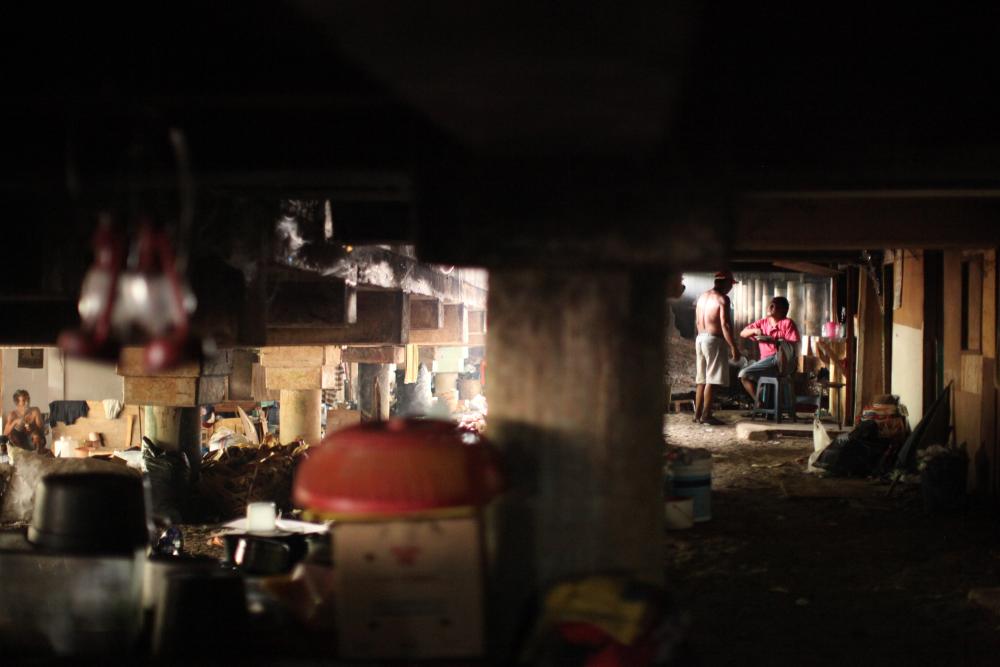
When I began this project in 2004, the majority of the world’s population was rural. Now most people live in cities and that is set to rise to 70% by 2050. Millions of people migrate from the countryside, looking for work and opportunities to improve their lives. It is in the ever-growing shanty towns surrounding the world’s developing cities that these people have to make their homes – often out of waste materials discarded by the wealthier parts of the city, and on whatever empty land they can find – under bridges, next to waste dumps or perched high on unstable land. Often they have to contend with the prejudice that their communities are full of criminals, and that they may be criminals themselves. I began looking at the lives of the people who have to live this way to show their side of the story – and to show that they simply hope for many of the things that we in the developed world take for granted.
When I visited Jakarta, I found a community under one of the city’s flyovers which had grown from a few shacks into a small village. Kampung Melayu has its own shop and two bars serving food and drink. The community is centered around the collection of plastic bottles for recycling.

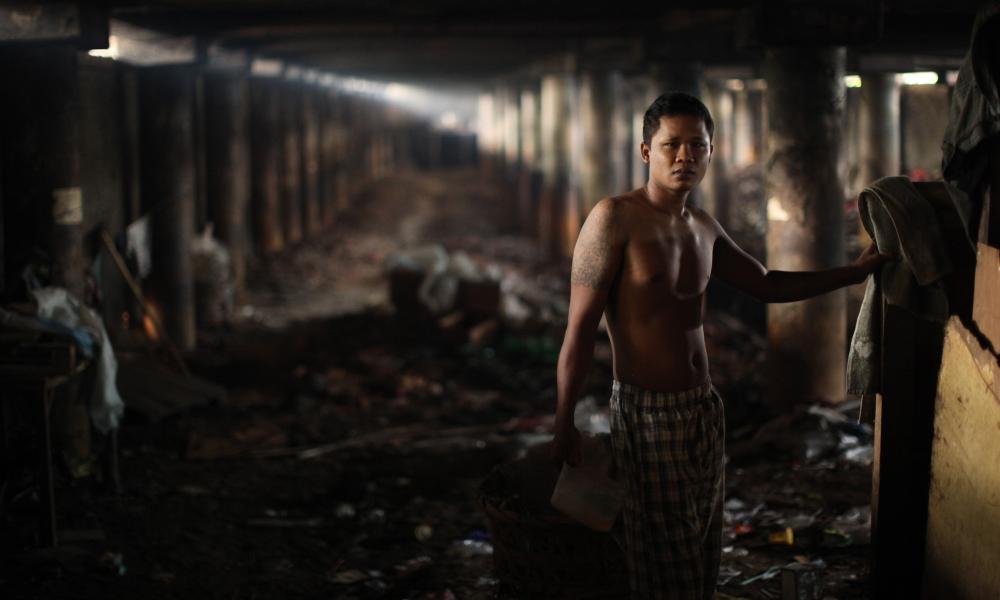
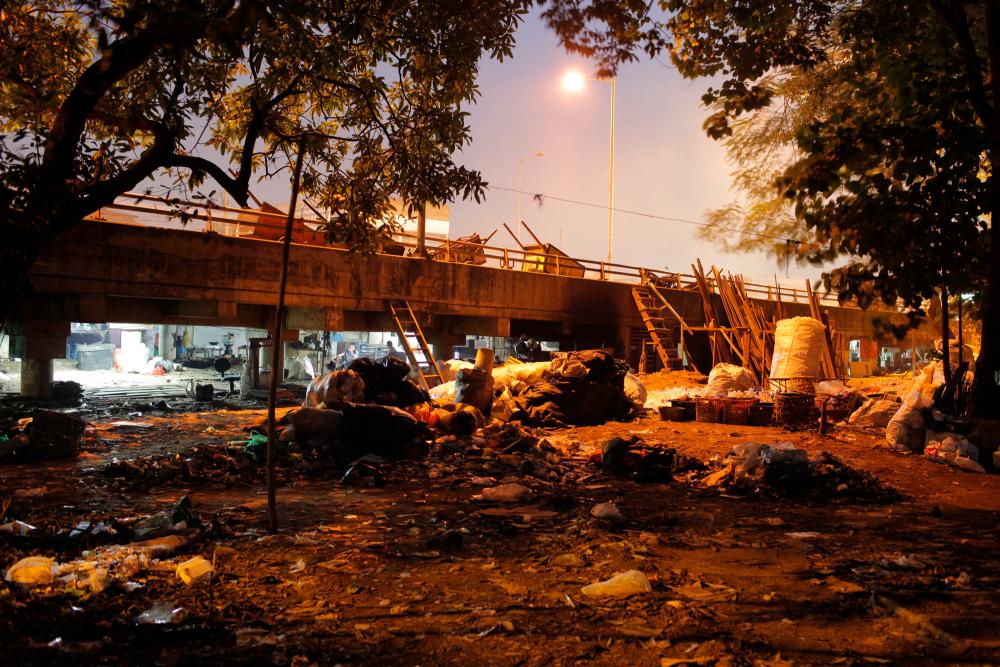
Families living under the bridges place plywood sheets between the girders to form the floors of their home. In many cases a river runs directly beneath: one slip and a small child could be washed away. Speaking to some of these families you find many have lived this way for several years – too poor to step up from the very lowest rung on the wealth ladder and with little hope of ever being able to do so.
From our partners:
Khayelitsha, Cape Town


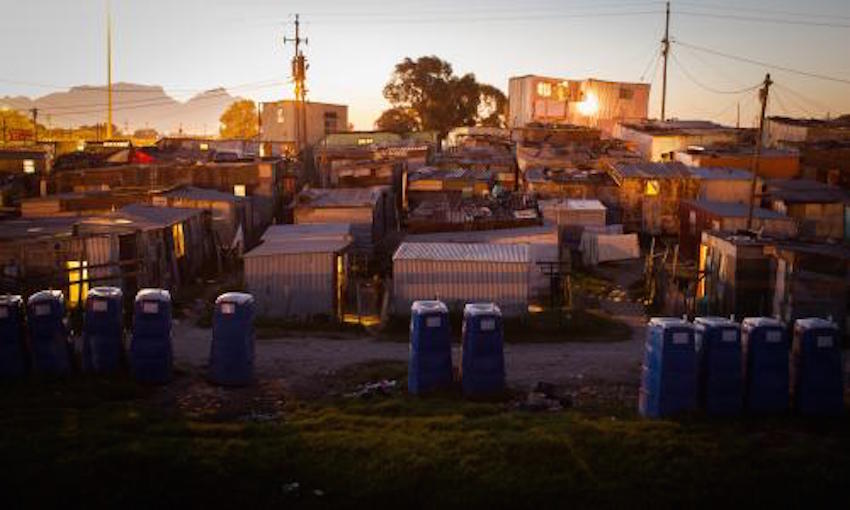
I had been told I was crazy to go into Khayelitsha during the day, let alone on a Saturday night, but once again I was made to feel very welcome and safe. True, the township has a big crime problem – but sometimes I wonder if that’s just another excuse for the authorities to compartmentalise the poor as a problem.
Vista, Manila

Vista was built 20 years ago and promoted as the promised land for those who were cleared off ‘Smoky Mountain’ – a notorious rubbish dump where thousands lived and made a living recycling the city’s waste. As soon as the basic structure and utilities were in place, the authorities left Vista to rot. Despite the dilapidation, open sewers and pools of stagnant water, a community thrives, with a residents’ council which organises play days for the children, classes for adults and hassles the authorities to maintain some basic services.

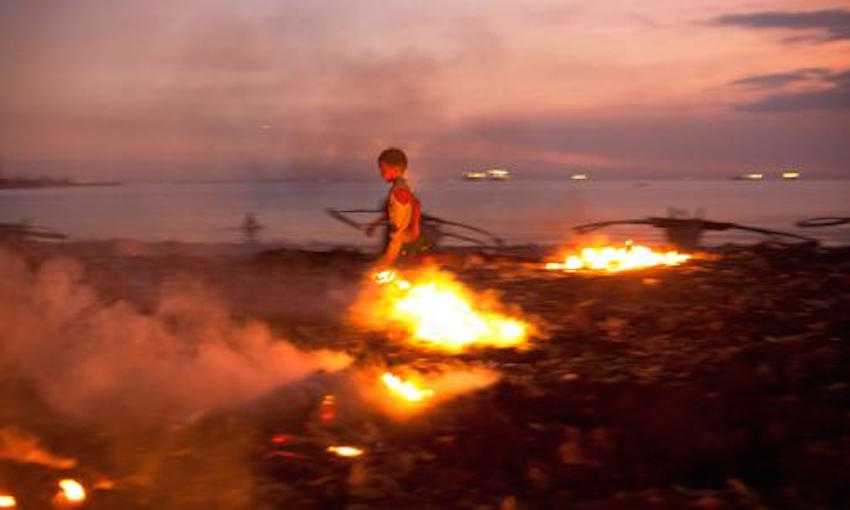
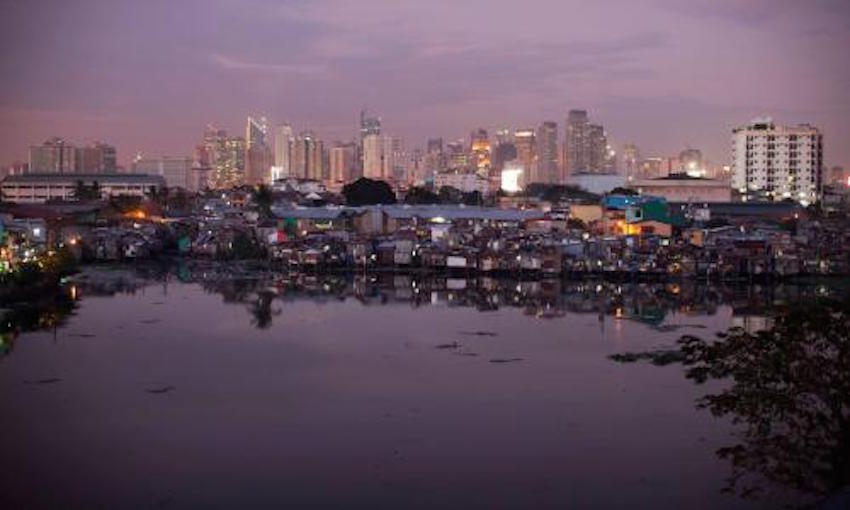
Gambling is only permitted in Manila at a wake. The government allows this as a way for the families of the deceased to raise money for the funeral. Families pay to embalm the bodies to keep them at the wake for as long as possible and so maximise income. The wakes are held in alleyways and the body can be out in the hot, sticky weather for two weeks or more.
Tavares Bastos, Rio de Janeiro

The Tavaras Bastos community is perched high on the hillside of Rio’s Flamingo district and is one of the few favelas not to have a problem with drugs and gangs. This is because BOPE, the paramilitary wing of the local police force, has its HQ at the top end of the community and the soldiers regularly do combat training in the streets and alleys.

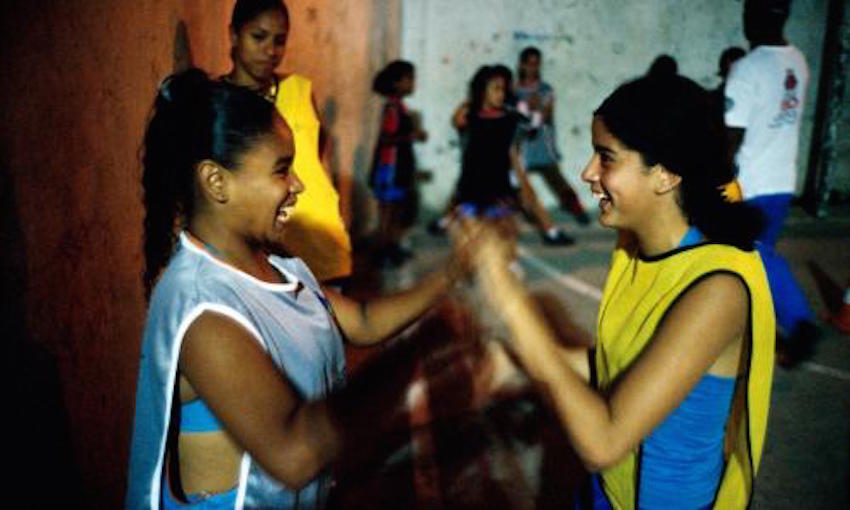
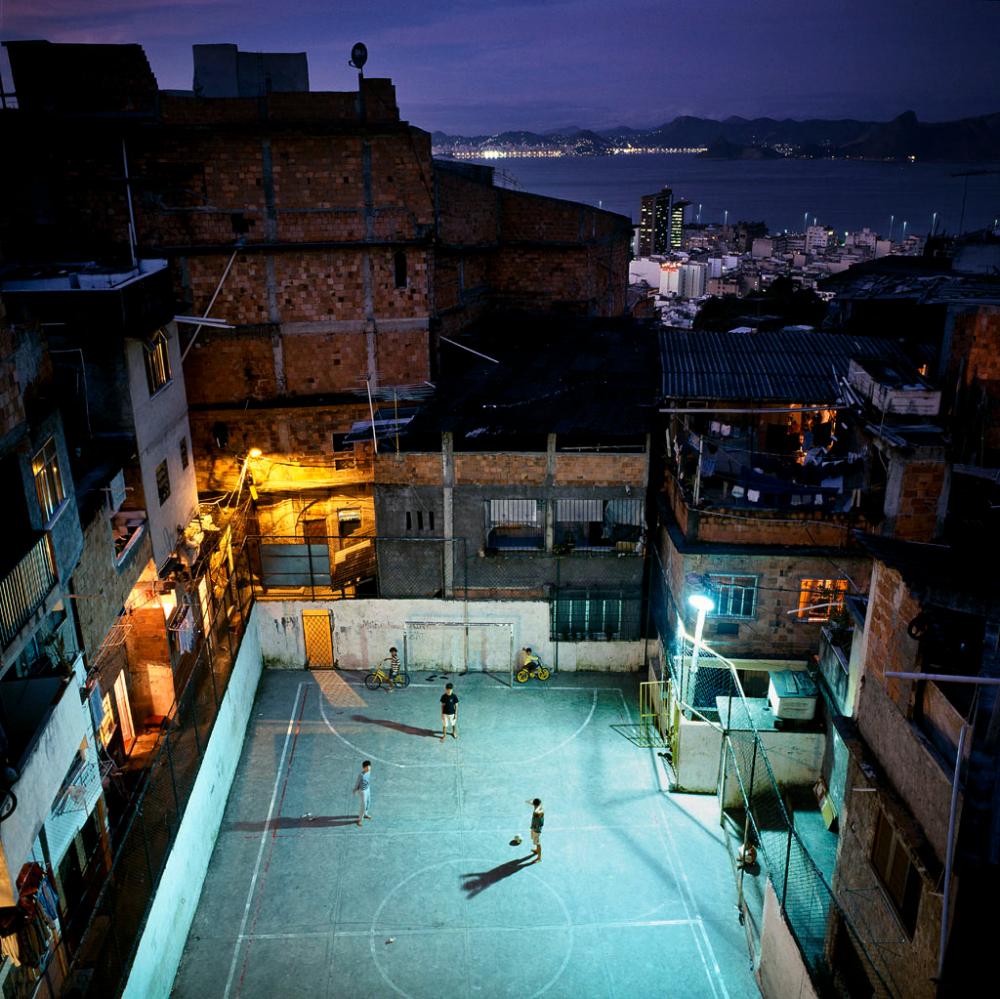
Tavaras Bastos is a very close-knit community. Everyone is known to each other and the residents have developed a range of projects – much organised around children and football. I saw free art lessons for children and classes were held three times a week for ballet and martial arts. There was football practice for men and women of all ages every night.
Dharavi, Mumbai

Once a small community outside Mumbai, Dharavi is now in the heart of a city that has grown to swallow it. What was an unwanted piece of swampy wasteland is now prime real estate and developers have wanted to get their teeth into it for decades. But because of its size and history they haven’t been able to. Dharavi has become the focus of the debate of how these communities should be developed and whose interests should come first – residents or developers.
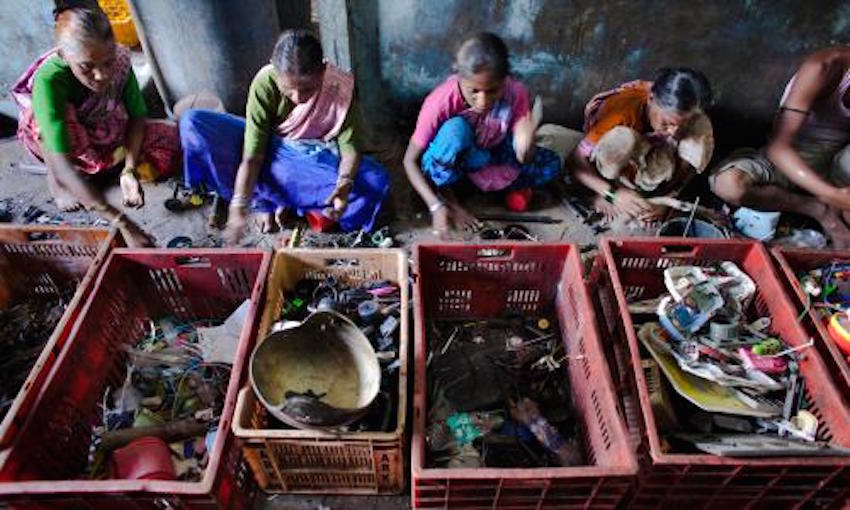


You could live your whole live within Dharavi’s confines. It provides work, homes, schools and basic healthcare. It is a place with community spirit because residents’ homes are small, and people spend much of their time outside on the streets and alleyways, but you can’t escape the open sewers, human faeces and piles of rubbish
Petare, Caracas

When I visited Caracas in 2010, the country was governed by the United Socialist party under Hugo Chávez. For the people living in the slums and run-down state housing, the ‘Bolivarian Revolution’ had brought many benefits – much to the displeasure of large sections of the middle and upper classes. Much like in Brazil, the barrios are quite developed and the authorities have brought in basic amenities.


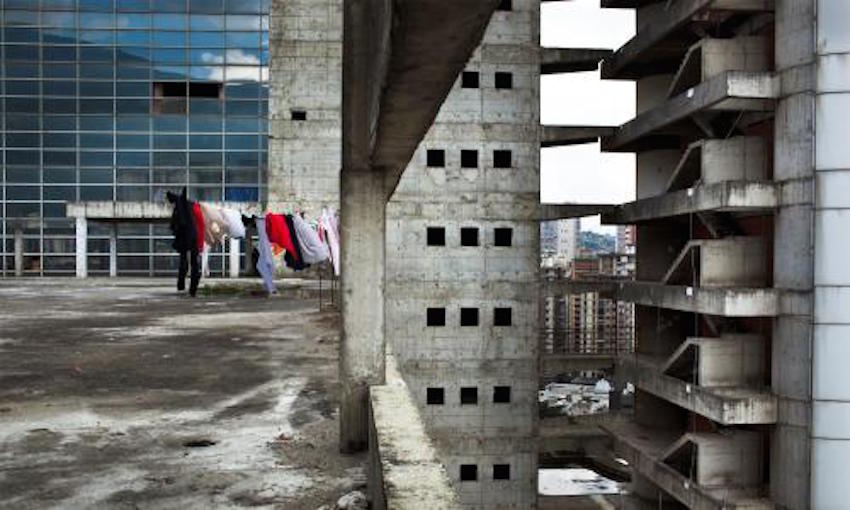
One of the most unusual communities I visited was in an abandoned mall and office block, called Torre David. My fixer wasn’t happy about visiting the complex as she said it was overrun by gangs. What we found was towers occupied by families, who had organised themselves into patrols and set up guards at entry points. Despite all the problems the residents were building something we all wish for: a vibrant, supportive community.
This feature originally appeared in The Guardian.




















